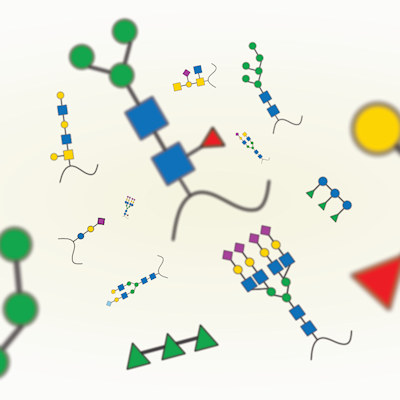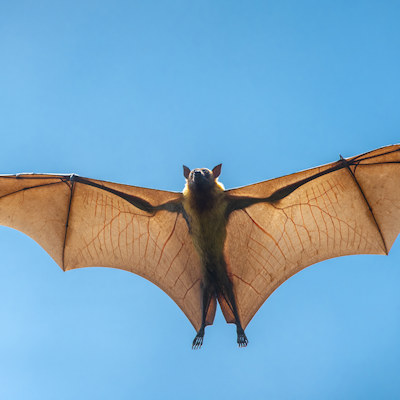October 20, 2022 -- Virologists from the University of Pittsburgh Center for Vaccine Research have reverse-engineered feline morbillivirus (FeMV), an understudied virus linked to chronic kidney disease in cats. Their research, published October 17 in the journal Proceedings of the National Academy of Sciences, described this virus's mechanism of infection and its potential to infect people.
First discovered in Hong Kong's stray cats a decade ago, FeMV has since been found in domestic cats across Asia and Europe. Previous studies linked FeMV infections to chronic kidney disease -- a leading cause of death in older cats. This study provides new details on how the virus gets to the kidneys.
Researchers found FeMV utilizes the same cell entry and infection mechanism as other morbilliviruses, including measles, by binding to a surface protein receptor called CD150. However, unlike measles, FeMV may spread from host to host via urine. Similarly, the zoonotic Nipah virus in bats causes deadly human outbreaks across Southeast Asia.
By creating a genetically modified version of FeMV containing a fluorescent probe, researchers were able to track its spread. They discovered that virus transmission can be halted by inhibiting protein-cleaving enzymes called cathepsins. Cathepsins are used mostly by Nipah viruses, indicating that FeMV may be an evolutionary intermediate between the two viral families.
While humans vaccinated against measles are protected from FeMV infection, the eradication of measles may present an opportunity for the virus to seek new hosts among unvaccinated people.
"It's important to understand the pathogens of animals because those can become the pathogens of people," senior author Paul Duprex, PhD, of the University of Pittsburgh, said in a statement. "Preparedness is vital in heading off an epidemic."
Copyright © 2022 scienceboard.net
Last Updated 10/20/2022 7:03:28 AM




